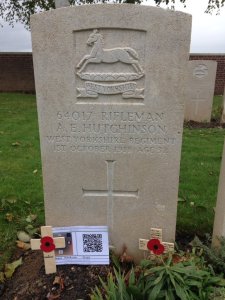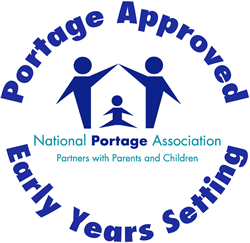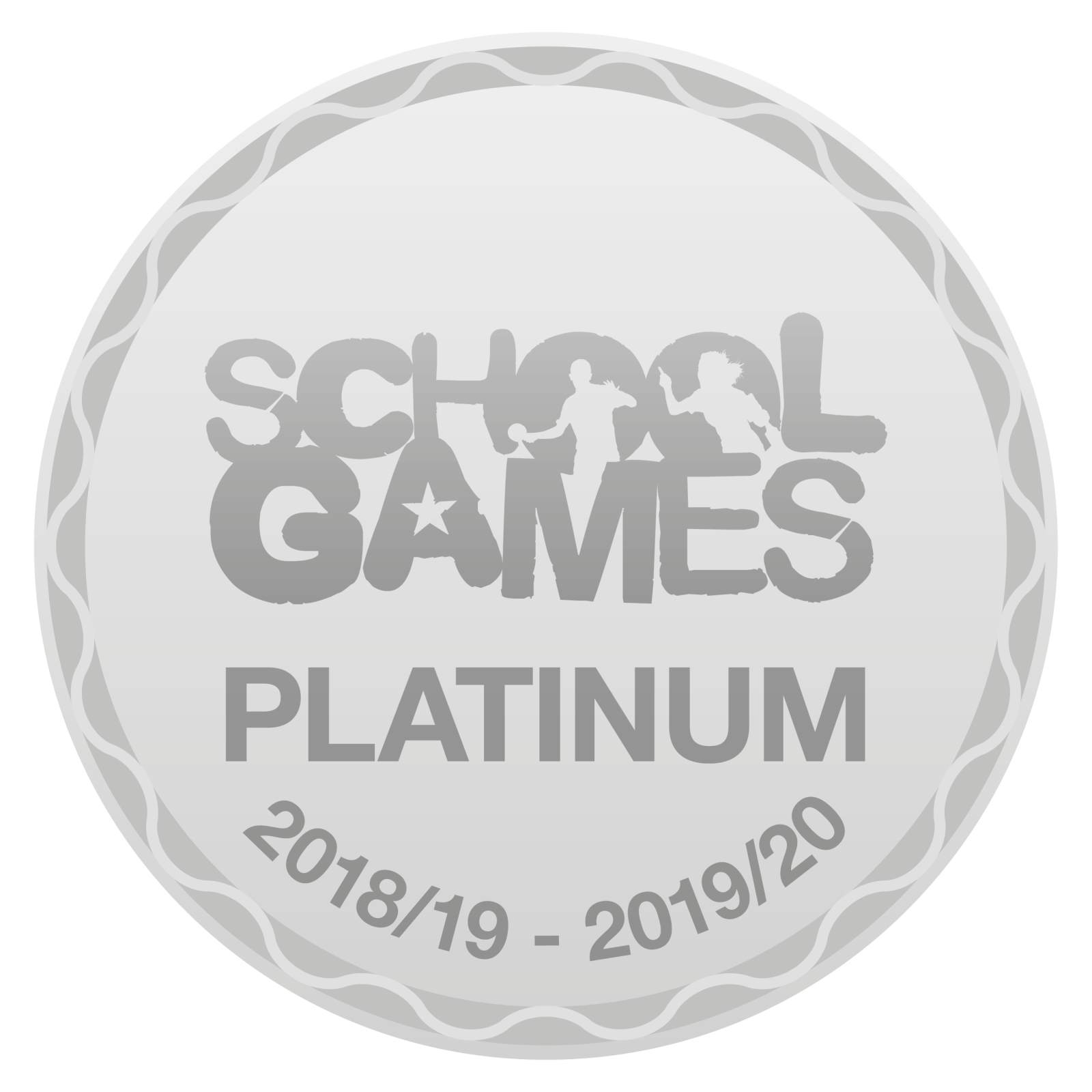Computing
Curriculum Lead – Mr Coleman
At New Pasture Lane Primary School, we use the Kapow Primary Computing scheme to deliver a broad and engaging computing curriculum in line with the National Curriculum. This ensures that all pupils develop the knowledge, skills, and understanding they need to thrive in a digital world.
Our approach is built around five key strands:
-
Computer systems and networks – understanding how technology works and how devices communicate.
-
Programming – learning to code and solve problems through logical thinking.
-
Creating media – using technology to design, produce and share creative content.
-
Data handling – collecting, analysing and presenting data.
-
Online safety – learning how to use technology safely and responsibly.
Computing is taught weekly in all year groups, with lessons carefully sequenced to build knowledge and skills over time. Children are encouraged to be inventive, resourceful, and creative as they explore both the technical and creative aspects of computing.
From the Foundation Stage onwards, pupils develop early coding and digital skills which progress through to advanced programming and problem-solving in Year 6. Alongside discrete computing lessons, children also have opportunities to apply their skills across the wider curriculum – for example, using digital media, green screening, and interactive presentations to enhance their learning in other subjects.
Assessment takes place throughout the year, with teachers using Kapow’s assessment materials and their own observations to track progress. This ensures that children are supported and challenged appropriately at each stage of their learning journey.
Long Term Plan 2025/26|
Autumn |
Spring |
Summer |
|
|
FS
|
Exploring technology in play; using iPads for drawing and games; safe use of technology.
|
Early coding with simple programmable toys; creating digital stories and pictures. |
Using apps to support learning (letters, numbers, shapes); reinforcing online safety. |
|
Y1 |
Programming with Bee-Bots (simple sequences); basic ICT skills. |
Creating media – digital painting and simple e-books. |
Data handling – sorting/grouping information; online safety: keeping information safe. |
|
Y2 |
Programming with ScratchJr (algorithms and debugging). |
Creating media – digital music and photography. |
Data handling – presenting data in charts; online safety: safe searching and reliability. |
|
Y3 |
Programming – sequencing and animations with Scratch. |
Computer systems – how digital devices work together; online safety: recognising risks |
Creating media – stop-frame animation; data handling – branching databases. |
|
Y4
|
Programming – designing and debugging programs in Scratch.
|
Computer systems – understanding the internet; online safety: respectful communication. |
Creating media – audio production and photo editing; data handling – spreadsheets. |
|
Y5 |
Programming with Scratch and Micro:bit (selection and variables). |
Computer systems – search engines and how the web works; online safety: online reputation. |
Creating media – web design and 3D modelling; data handling – spreadsheets for problem solving. |
|
Y6 |
Programming – advanced Scratch/Python simulations. |
Computer systems – how data is transferred online; online safety: digital footprints and privacy. |
Creating media – web design and 3D modelling; data handling – spreadsheets for problem solving. |
Story Sacks
Story Sacks are another of our school non-negotiables.
Using a group of core apps, children create a ‘Story Sack‘ based on knowledge and experiences from across the curriculum. This is then uploaded to our School app allowing parents to share their child’s multi-media work completed in school.

A Story Sack created by Y5 linked to the #everynameneedsastory project of one of the many Bridlington men who never returned during WW1, placed next to his headstone on the Somme.
Diar's Story was a short animation created by Diar alongside his fellow Y5 pupils about his journey from Syria to the UK.




